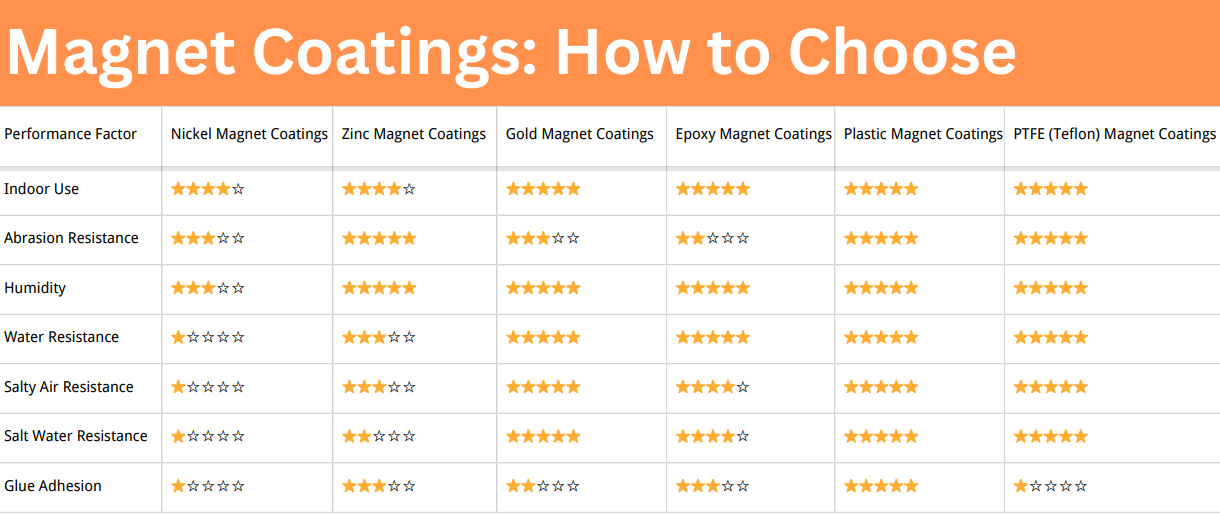How to Choose the Right Magnet Coating for Your Application
Magnet coatings play a crucial role in enhancing the performance, durability, and usability of magnets in various applications. Choosing the right coating ensures optimal performance for industrial, medical, or consumer uses. This article provides a comprehensive guide to selecting the most suitable magnet coating based on environmental conditions, application requirements, and material properties.
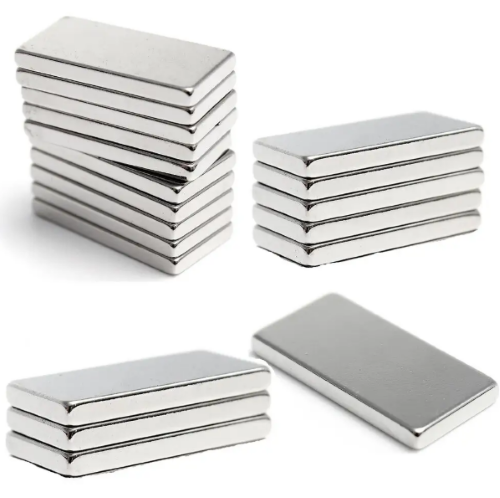
Magnet Coatings and Their Importance
Magnets are inherently strong and versatile, but their base materials—such as neodymium or ferrite—are often vulnerable to corrosion, wear, and damage. A magnet coating provides a protective barrier to mitigate these risks, while also offering added benefits such as improved appearance, enhanced grip, or resistance to extreme conditions. Selecting the right coating depends on the magnet's intended use and the challenges of its operating environment.
Further reading: Something You Should Know About Neodymium Magnets Coatings
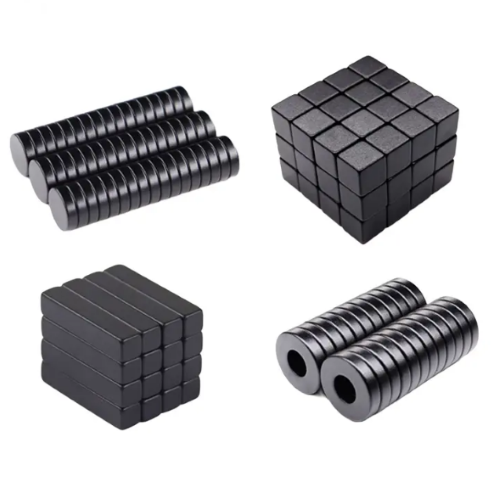
Key Factors to Consider When Choosing a Magnet Coating
1. Environmental Conditions
The environment where the magnet will be used is a primary consideration when selecting a coating. Exposure to moisture, chemicals, or temperature extremes can degrade uncoated magnets or those with inadequate protection.
- Moisture and Corrosion Resistance:
- Nickel (Ni): A popular choice for many applications, nickel provides good corrosion resistance under standard conditions but may struggle in highly humid or marine environments.
- Epoxy: Ideal for environments with high humidity or potential exposure to water. Its layer offers superior corrosion resistance but can be prone to chipping if handled roughly.
- PTFE (Teflon): Known for its exceptional moisture resistance, PTFE coatings are suitable for magnets used in wet, chemical, or outdoor settings.
Further reading: Teflon (PTFE) Coated Magnets Used in Highly Corrosive Environment
- Temperature Tolerance:
- Gold: Performs well under high-temperature conditions while offering corrosion resistance.
- PTFE: Also capable of withstanding extreme temperatures, making it suitable for industrial or laboratory applications.
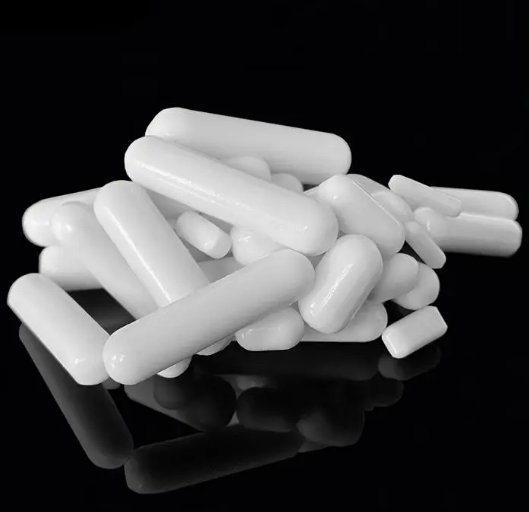
2. Durability and Physical Protection
For applications where magnets are subjected to physical wear, impacts, or frequent handling, durability becomes critical.
- Physical Contact and Wear:
- Rubber Coating: Protects both the magnet and the surfaces it contacts, preventing scratches and improving grip. Ideal for magnets used in mounting or holding applications.
- Zinc (Zn): Offers moderate protection against wear and is commonly used for industrial or outdoor applications.
- Impact Resistance:
- Epoxy or Rubber Coating: Absorb impacts better than hard coatings like nickel or chrome, making them suitable for environments with mechanical stress.
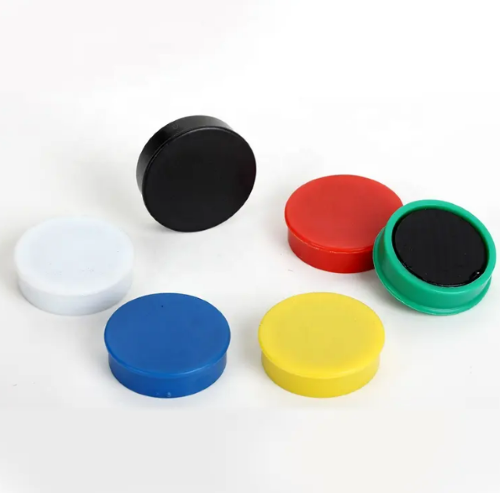
3. Application-Specific Needs
The specific use of the magnet often dictates the choice of coating. Different coatings provide unique functional benefits:
- Grip and Traction:
- Rubber Coating: Offers excellent grip, making it perfect for magnets used in mounting tools, securing objects, or creating non-slip surfaces.
- Low Friction:
- PTFE (Teflon): Provides a smooth, low-friction surface ideal for sliding applications, such as in conveyors or guides.
- Chemical Exposure:
- PTFE: Handles exposure to harsh chemicals, acids, and solvents, making it suitable for use in chemical processing or laboratory settings.
- Epoxy: Effective for mild chemical exposure but less resistant to strong acids or alkalis.
4. Aesthetic and Decorative Requirements
Magnets used in decorative or visible applications may require coatings that enhance their appearance.
- Gold: Provides a luxurious, polished finish while offering excellent corrosion resistance, often used in high-end or medical applications.
- Chrome: Delivers a shiny, metallic look but offers less corrosion resistance than nickel or epoxy.
5. Cost and Practicality
Budget constraints and practicality can also influence coating selection.
- Affordable Options:
- Nickel or Zinc: Cost-effective for general-purpose applications with moderate environmental exposure.
- Premium Options:
- Gold or PTFE: Higher cost but necessary for specialized applications requiring durability, chemical resistance, or aesthetic appeal.
Common Magnet Coatings and Their Applications
|
Coating |
Key Features |
Applications |
|
Nickel (Ni) |
Durable, affordable, moderate corrosion resistance |
General-purpose use |
|
Zinc (Zn) |
Moderate corrosion resistance, low cost |
Outdoor/industrial settings |
|
Epoxy |
High corrosion and impact resistance |
Electronics, harsh environments |
|
Rubber |
Scratch-resistant, non-slip surface |
Mounting, gripping applications |
|
PTFE (Teflon) |
Chemical-resistant, high-temp tolerance |
Labs, industries, sliding tasks |
|
Gold |
Corrosion-resistant, aesthetic |
High-end or medical uses |
|
Chrome |
Decorative, shiny finish |
Consumer and display products |
How to Make the Final Decision
When choosing a magnet coating, it's essential to:
- Assess the environment: Understand the conditions where the magnet will operate, including humidity, temperature, and exposure to chemicals.
- Define application needs: Determine if you need additional features like grip, impact resistance, or low friction.
- Consider longevity and cost: Balance performance requirements with budget constraints to select a practical yet effective coating.
Conclusion
Selecting the right magnet coating ensures that your magnet performs optimally, lasts longer, and fits seamlessly into its intended application.
By evaluating environmental factors, durability requirements, application specifics, and aesthetic preferences, you can make an informed choice. Whether it’s nickel for affordability, rubber for grip, or PTFE for chemical resistance, the coating you choose plays a vital role in maximizing your magnet's potential.
As a trusted supplier of magnetic solutions, Stanford Magnets has been at the forefront of R&D, manufacturing, and sales of permanent magnets since the 1990s. We offer a variety of magnet coatings, including nickel coatings, PTFE coatings, and epoxy coatings. For more information about magnet coatings, we invite you to visit Stanford Magnets.












